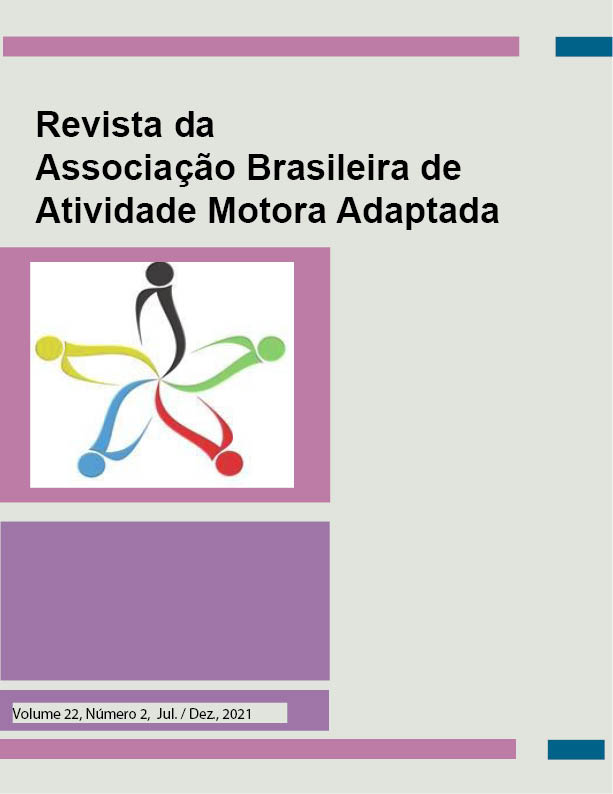POSSIBILITIES OF PSYCHOMOTRICITY IN PHYSICAL EDUCATION CLASSES FOR STUDENTS WITH AUTISTIC SPECTRUM DISORDER
DOI:
https://doi.org/10.36311/2674-8681.2021.v22n2.p317-332Keywords:
Adapted Motor Activity, Cerebral Palsy, Postural Adequacy, Assistive TechnologyAbstract
Children with autism spectrum disorder (ASD), feature difficulties communicating and establishing social interaction with people, stereotyped and repetitive behaviors. Psychomotricity in Physical Education classes can help in this schooling process, as it provides children with benefits that contribute to their motor, cognitive, and social affective development through motor activities. In this sense, the objective of this study was to identify the possibilities of Psychomotricity in Physical Education classes for students with Autism Spectrum Disorder. This research used the literature review method. The materials selected for this study were identified in the SciELO and Google Scholar databases. Books, articles, dissertation, Course Conclusion Papers and papers published in conference proceedings were used. Only the national literature was searched and the following keywords were used to search for them in combination: psychomotricity, autism spectrum disorder, autism, inclusion and School Physical Education were used to search. It has been identified that as Psychomotricity aims to fully develop human beings in their motor, cognitive and affective aspects, and psychomotor activities in Physical Education classes can help children with ASD in the development of reasoning, imagination, creativity, affectivity and socialization. Regarding the Physical Education teacher, the literature in the area recommends that, in view of the school inclusion of students with ASD, it is necessary to work on the individual potential that each child has, respecting the time and limits of each child diagnosed with ASD.
Received on: 2020/06/20
Reformulated on: 2021/07/06
Accepted: 2021/07/06
Downloads
Downloads
Published
Versions
- 2021-08-16 (4)
- 2021-06-20 (3)
- 2021-06-20 (2)
- 2021-06-20 (1)




